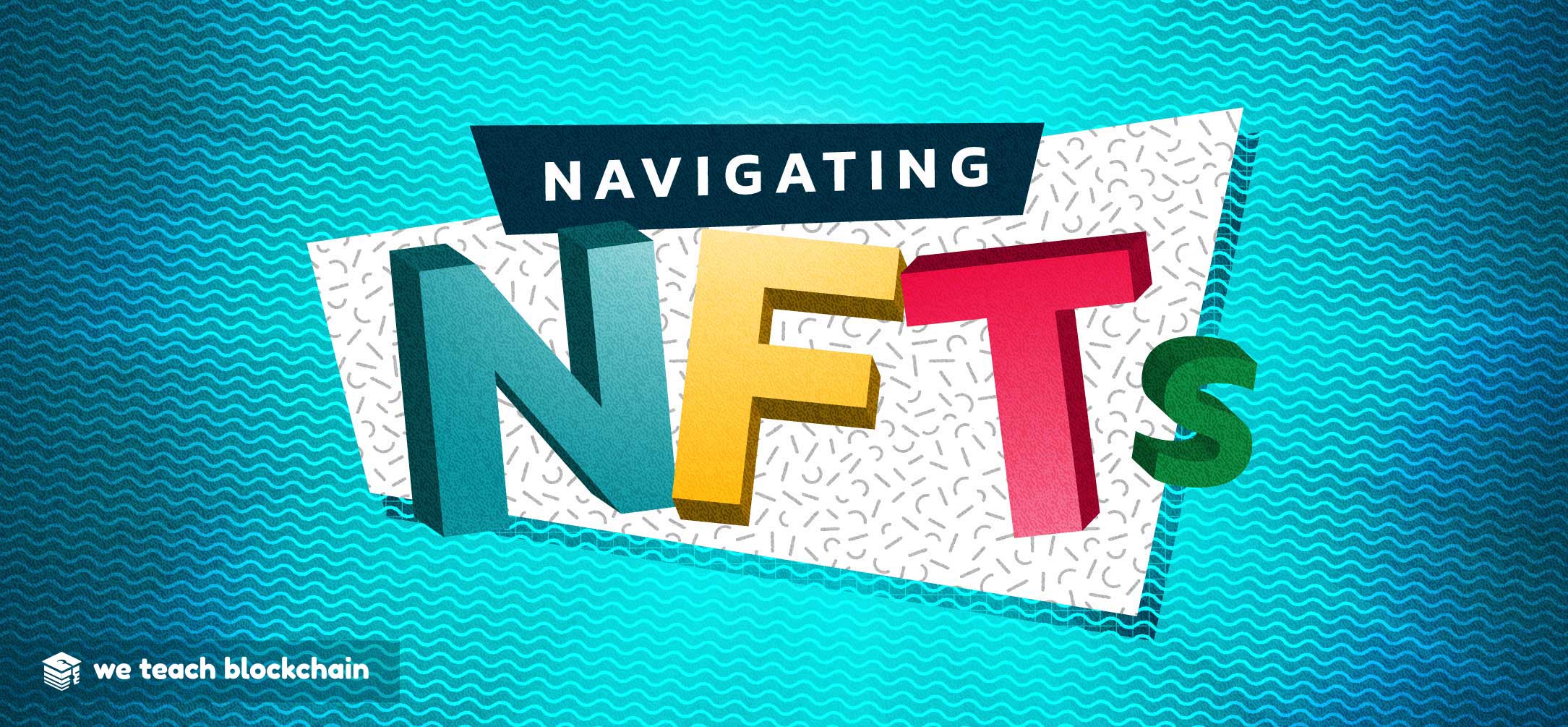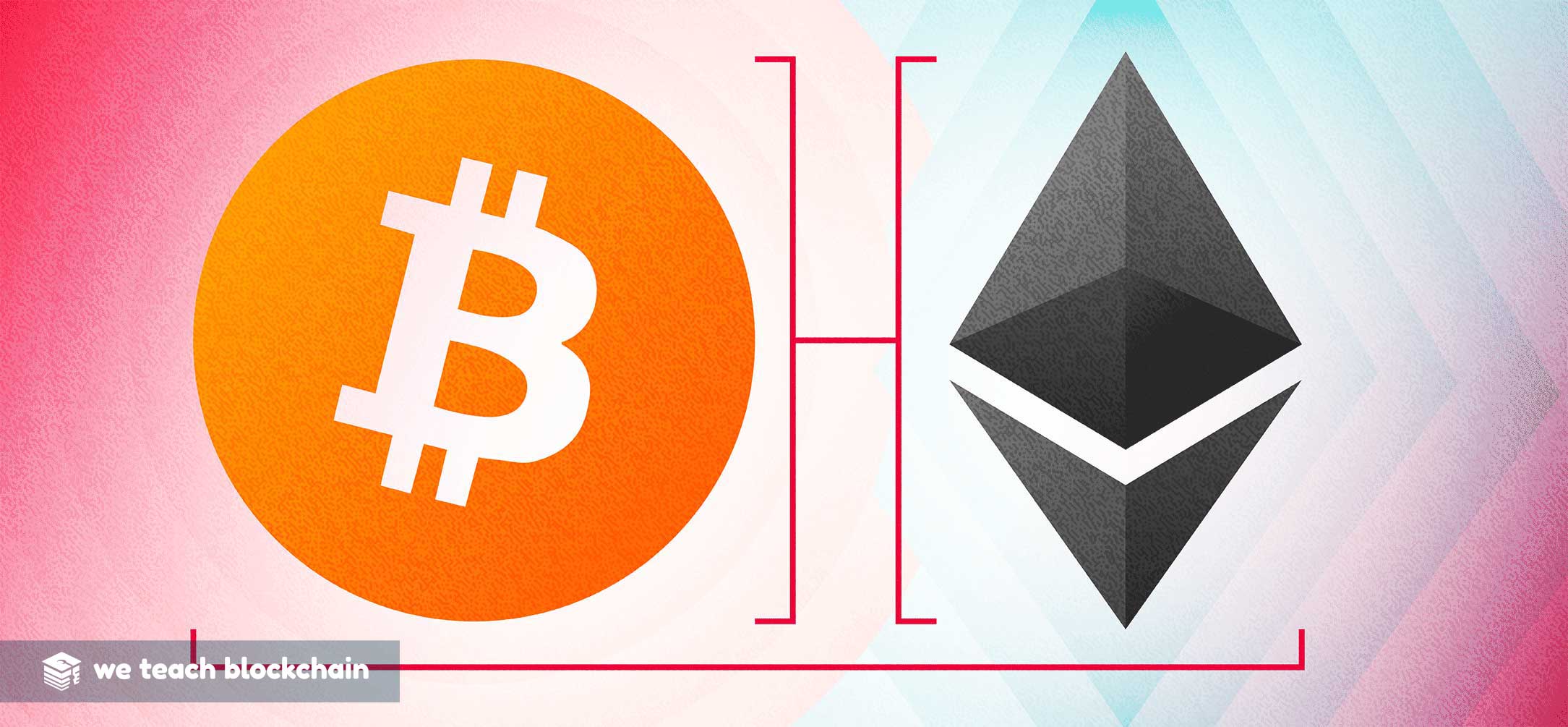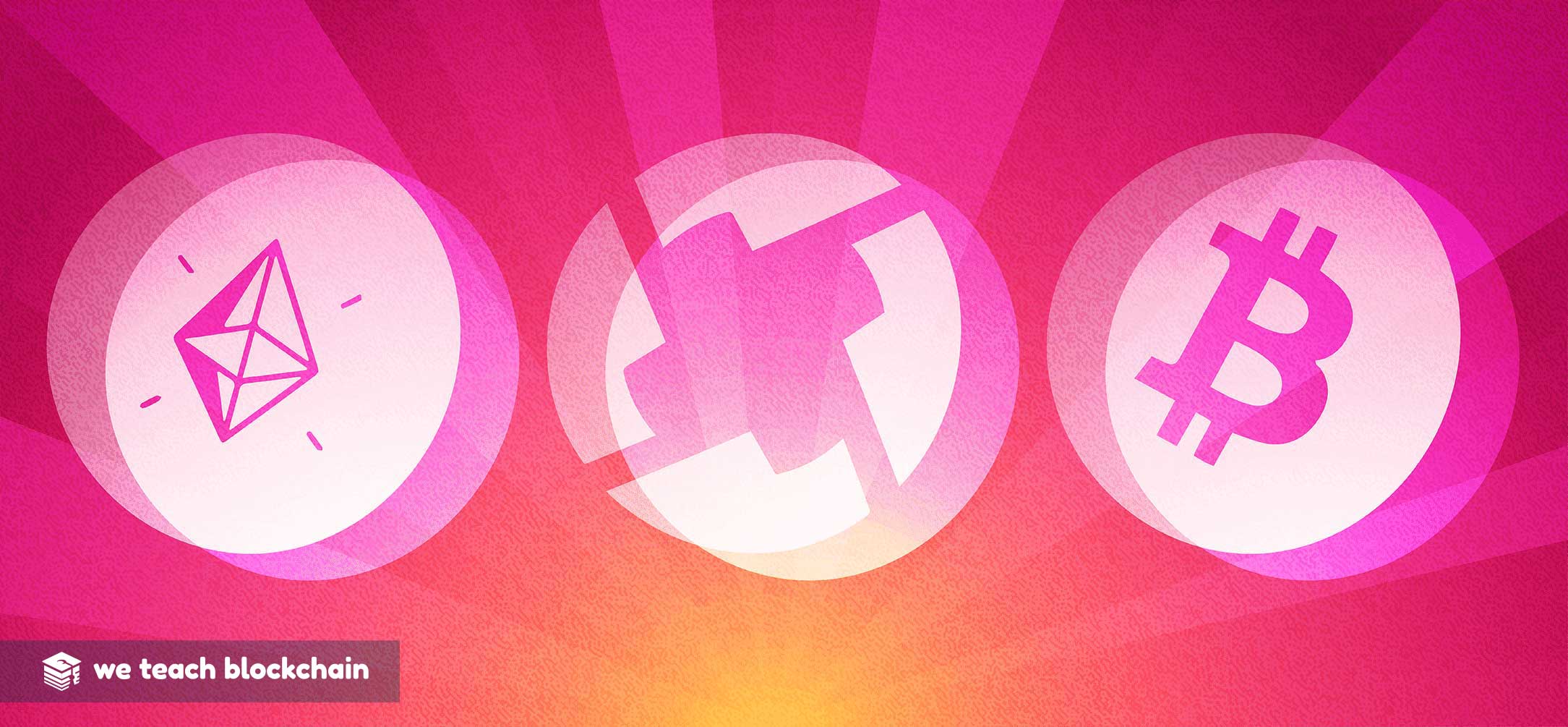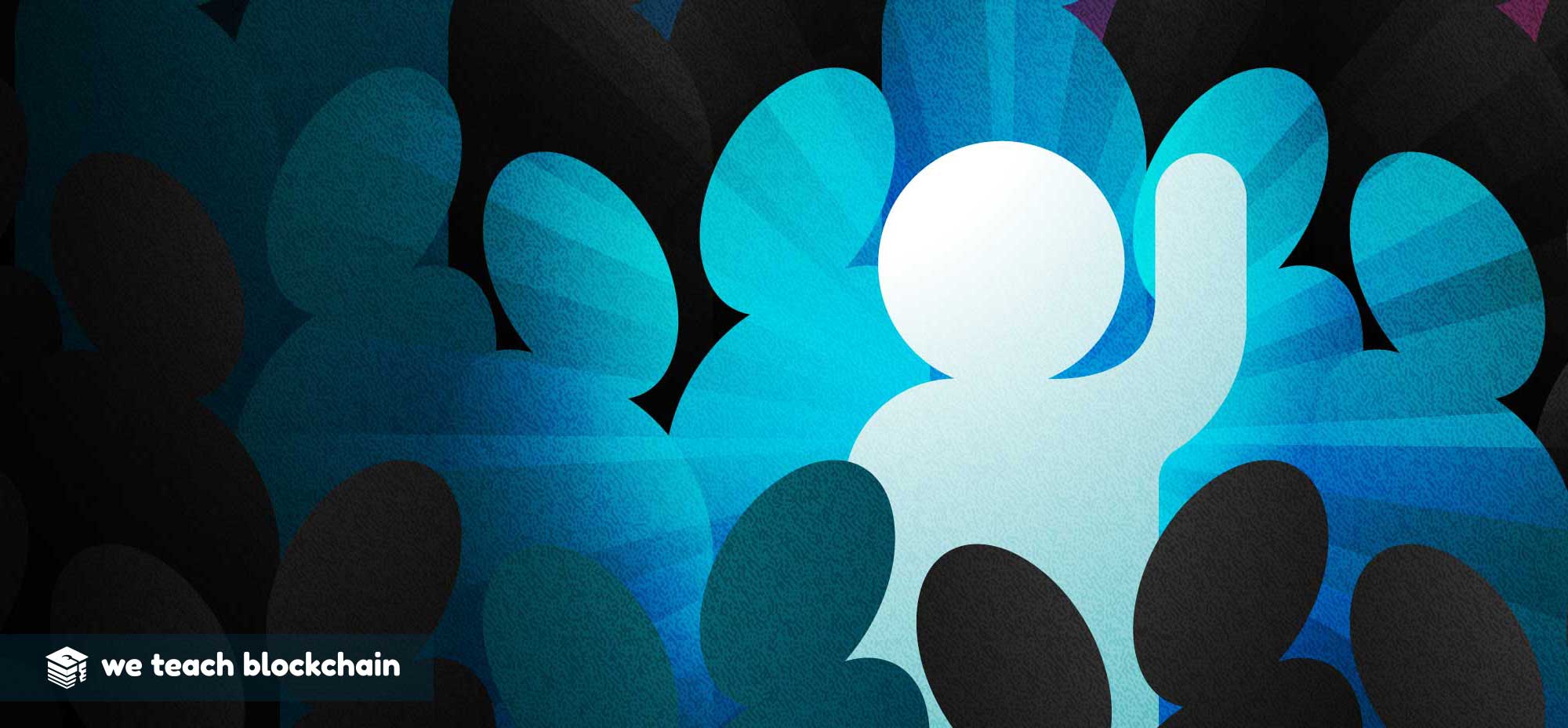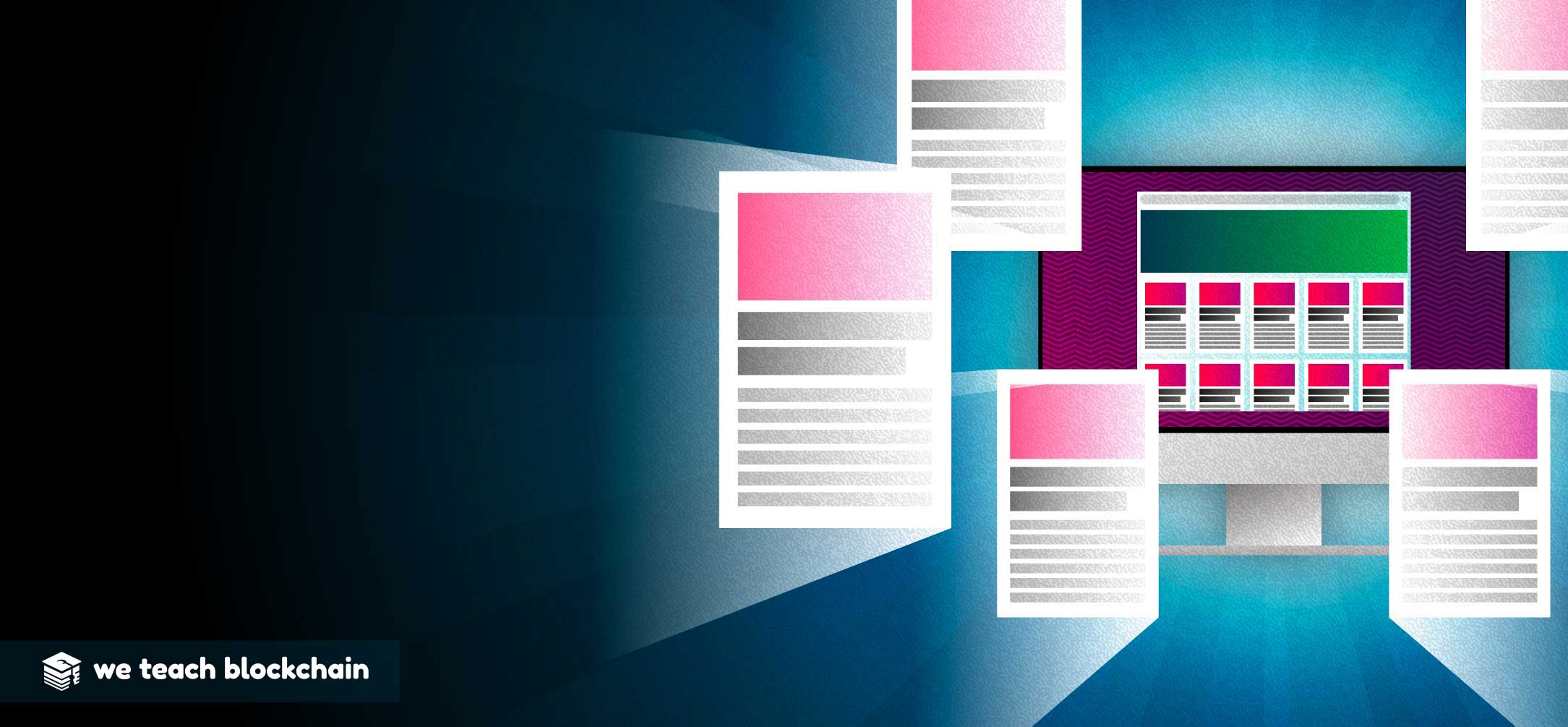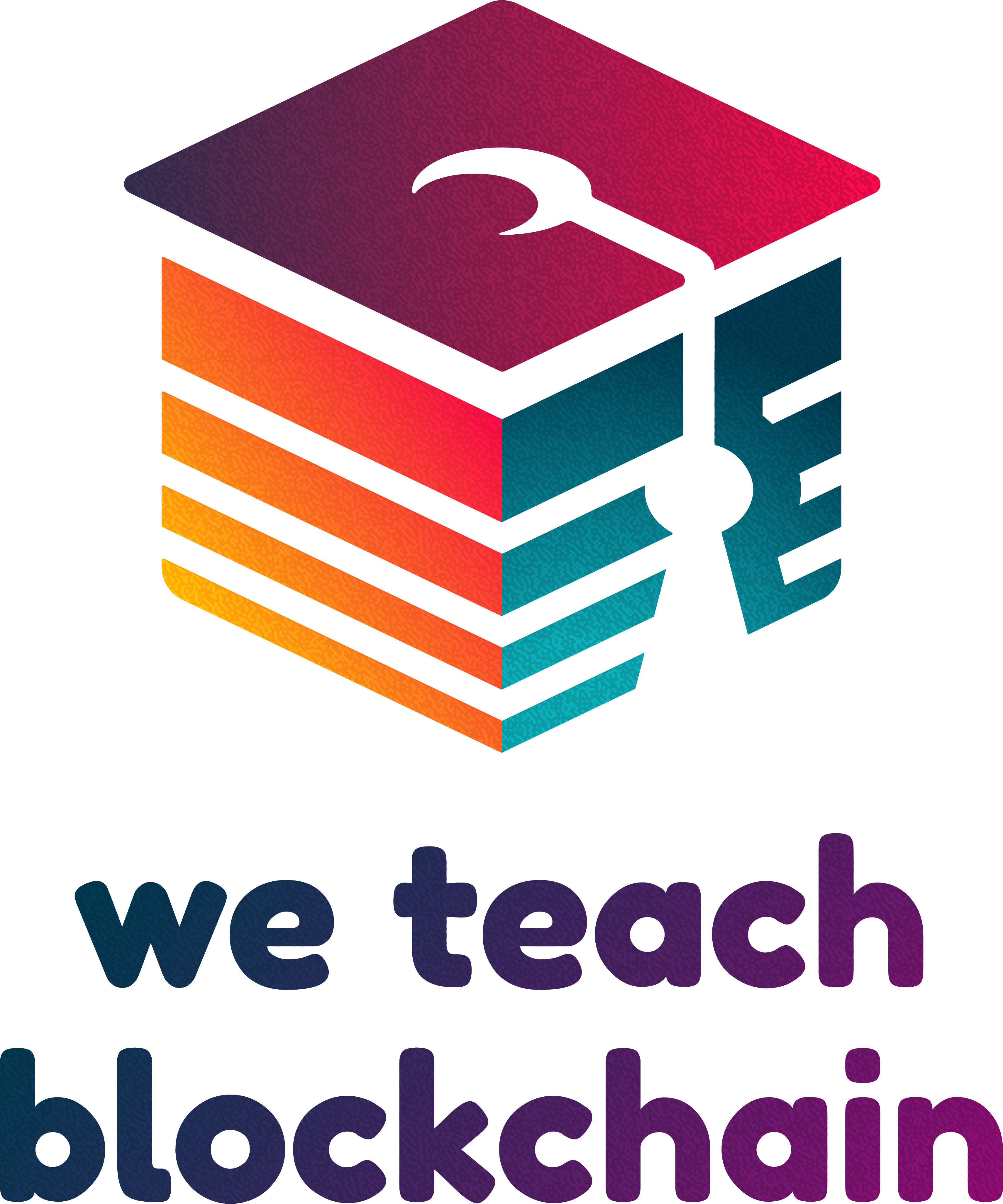What are Non-Fungible Tokens?
Perhaps you’ve heard of digital collectibles living on the blockchain. What makes this possible? Welcome to the world of Non-Fungible Tokens!
Non-Fungible Tokens are a way to represent items on the blockchain. They can bring the benefits of blockchain to both digital and real-world assets. So what does it mean to be fungible, or in this case, non-fungible? Fungibility describes how easily an item can be replaced by an identical item.
A dollar bill is fungible. All physical currency is. No matter what serial number is on your dollar, it still spends the same. Any single dollar bill can be replaced for another and used without issue.
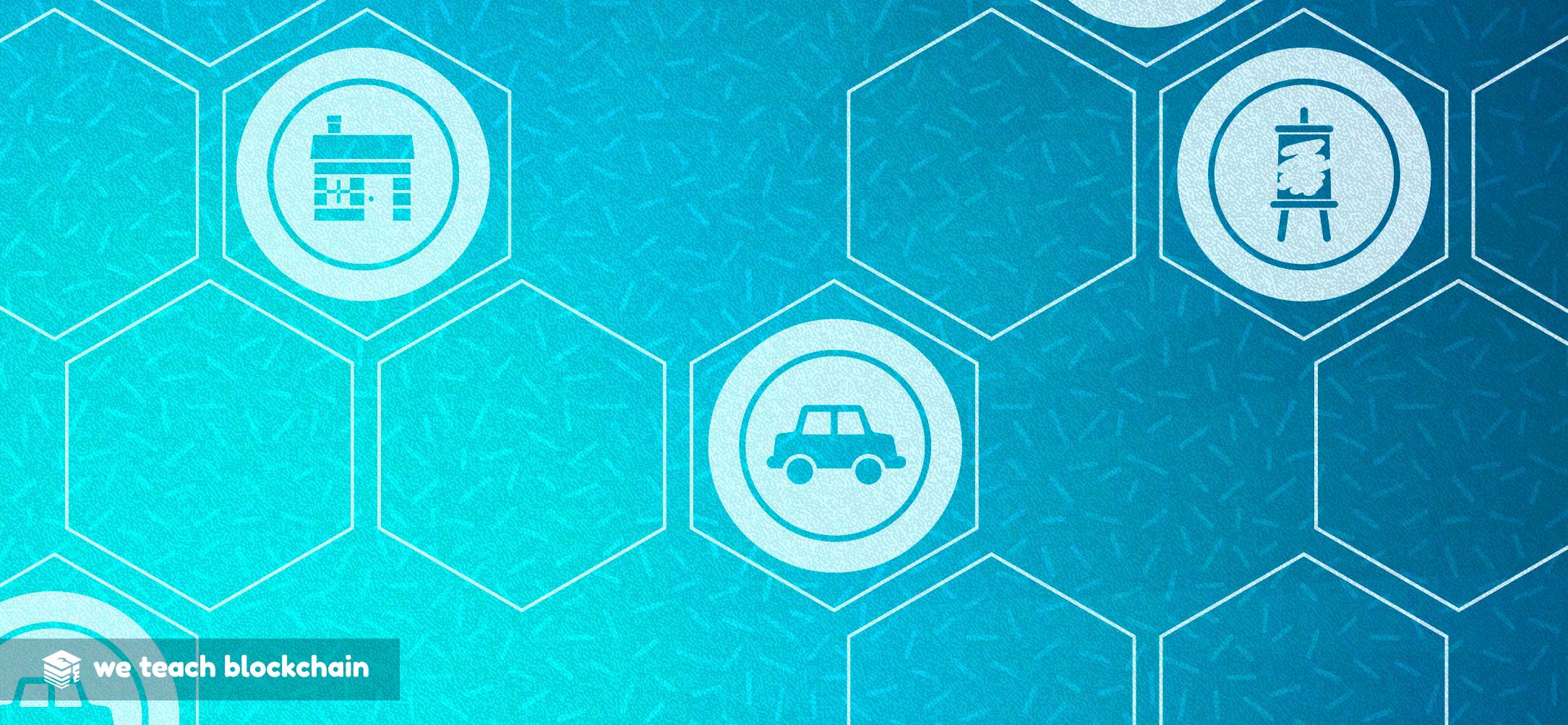
If fungible items can easily be replaced by an identical item, then non-fungible items can’t be. They are unique. An example of a non-fungible item is a plane ticket. It contains specific information; what airline, where the flight is going, what time the flight departs, what seat you have. If you swap one plane ticket for another you may end up in a different seat on the plane, land in a different city, or much more likely not be allowed to board the plane at all. Plane tickets are unique, they can not be traded for another and used in the same way. Unlike the dollar, where the result is the same no matter which dollar you use.
NFT’s are also indivisible. Unlike most blockchain-based coins and tokens, NFTs can’t be divided into smaller parts. A bitcoin can be broken up into fractional amounts down to 100 millionth (also known as one Satoshi). This makes sense if you think about NFTs representing real-world assets. Just like a house or a car or even the plane ticket from the above example, you can’t break them up and still expect them to function.
History of NFTs
Some of the first test cases of NFTs occurred when some municipalities decided they wanted to digitize paper records, mainly the deeds to houses. These paper records are usually kept in storage and could get lost or destroyed over time. That is especially concerning if these deeds are the only proof of who owns that property.
CryptoKitties
Late in 2017, Cryptokitties was a dApp that facilitated the transfer of ERC-721 (a non-fungible token standard) tokens in the form of collectible kitties. Each cat had a unique set of features based on its hash; parts of the embedded transaction data would result in specific physical characteristics, some rarer than others.
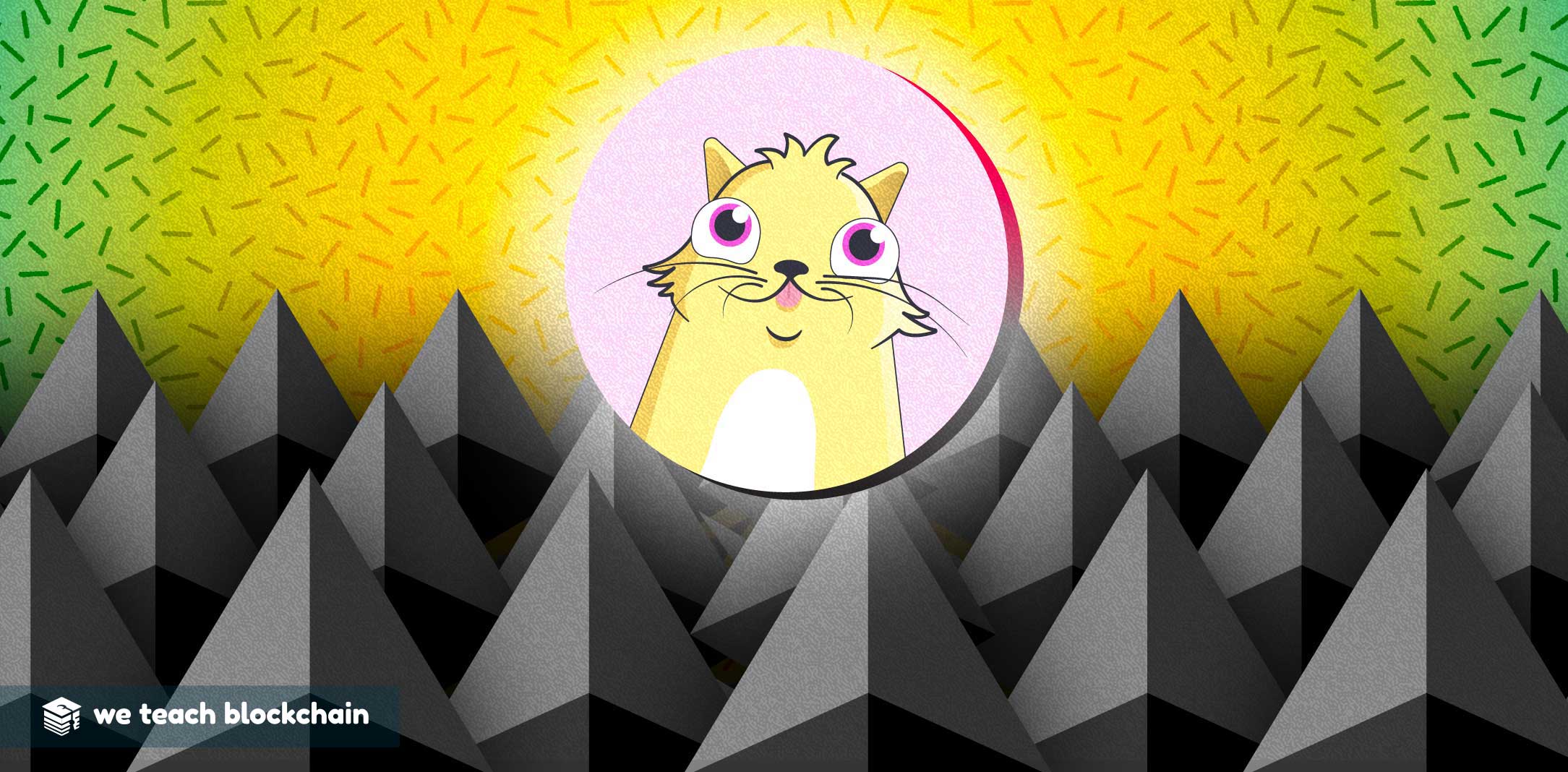
These non-fungible kitties were sold on a market through the CryptoKitties website. People were making actual cryptocurrency from flipping cryptokitties. Later a new feature allowed a pair of cryptokitties to "reproduce" to form a new NFT.
The decentralized community went crazy for this idea, and the unintentional result was that the Ethereum network's ability to meet real-world demand would be tested. The network was not quite ready for the challenge. The months that saw the height of cryptokitty popularity posed the toughest challenge for the network. Backlogs occurred, fees went up. The network slowed to a crawl. This made a couple of things clear. The first is that NFTs had proven themselves to be useful in terms of tracking non-fungible collectibles or assets. The second was that the network still had work to do in order to scale to meet real-world demand.
Collectibles beyond CryptoKitties
After the success of CryptoKitties, NFTs have seen growth in the form of more digital collectibles, in-game items, and even digital art. You can find popular projects and see the sales volume of the entire NFT market at nonfungible.com. Games like Axie Infinity, Gods Unchained, Decentraland, and many more utilize NFTs to let users actually own in-game items. This gives players a level of control they have never had before.
Many different marketplaces have popped up that let you buy and sell digital collectibles and artwork. Want to start creating your own NFTs? Some of these marketplaces also help you turn your digital creations into NFTs and sell them. This process is known as minting, it allows you to tokenize almost any digital file and turn it into a non-fungible token.
<img src=”/assets/img/NFTsFAQ_Painting.jpg” alt=”A hung painting of a blockchain” title=”Artists”
Why are artists turning to NFTs?
When it comes to art sales, reputation is everything. NFTs allow potential buyers to independently verify information about an artist's previous physical and digital works. Price, date of the original sale, even a record of all previous owners are digitally attached to the piece. This information is securely stored on the blockchain and is publicly accessible to help build art buyer confidence.
This function was largely provided by galleries in the past, but blockchain and NFTs have provided an alternative to artists selling their work. NFT’s can serve as certificates of authenticity and the art itself.
